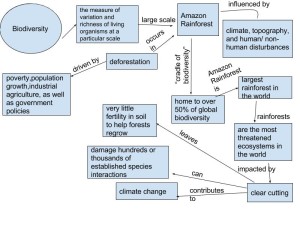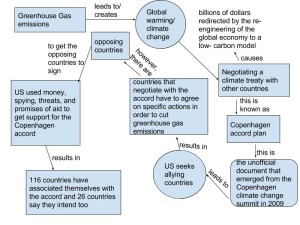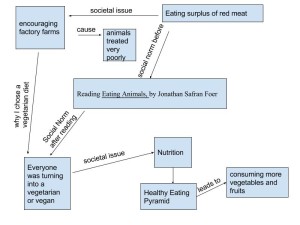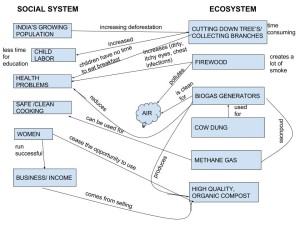After looking at the Nathan World Map of Natural Hazards, I was able to see the hazards that directly affect the Doylestown area in which I live in. Based on earthquakes, I was able to identify my area to be in zone 0. I fortunately happen to not be in any tropical cyclones. Climate impacts that are close to my area are increases in heavy rainfall. This impact of climate change is expected to increase in the future. Some other hazards in/near my area are hailstorms, extratropical storms (winter storms) and tornadoes. For hailstorms, my town is in zone 1 with a low frequency and intensity. Doylestown is in zone 0 meaning that there are 80 km/h wind speeds or less. These maps were hard to identify exact hazards in my area because they were hard to read and when zooming in, they became blurry.
From The Hungarian National Association of Radio Distress Signaling and Infocommunications’ (RSOE) Emergency and Disaster Information Service (EDIS), I found a volcano eruption that occurred in Indonesia on March 2nd, 2016. School activities in Indonesia were disrupted due to Mount Sinabung’s increasing volcanic activity over the week. Based on this volcano eruption, my hometown cannot experience the same type of disaster. After looking at the Nathan World Map of Natural Hazards, it shows no signs of volcanic activity in Doylestown, or even the state of Pennsylvania. The town in which this volcano took place is very small compared to Doylestown. These people that live in Indonesia are familiar with volcanoes because of Mount Sinabung being close to their town. No matter the size, if this volcano were to occur in Doylestown, it would destroy the area as well as the people. Citizens in Doylestown are not familiar with volcanoes because we have never experienced one. A volcano eruption in Doylestown would kill many people and destroy the infrastructure immensely. Different people in Doylestown have different levels of vulnerability because of income and elevation. Some families do not have enough money for a secure home and some houses are on elevated surfaces. For example, a specific neighborhood in Doylestown named the Muse is considered an impoverished neighborhood. To reduce their vulnerability, our town could donate money in order for these families to have secure homes so that in case a volcano did erupt, their houses would not be immediately destroyed.
In Doylestown, PA, there is a low risk of earthquakes, with a total of 11 earthquakes since 1931. Within 50km of Doylestown, PA, there is a 2.38% chance of a major earthquake hitting that is predicted within the next 50 years. The earthquakes are also predicted to have magnitudes between 5.0 and 9.2. In 2016, the largest earthquake within 30 miles of Doylestown had a magnitude of 3.8. On the other hand, there are no volcanoes found in or near Doylestown, PA, however, there have been many warnings televised on TV. Other weather extreme events have occurred in Doylestown, PA such as many thunderstorms, blizzards, hail storms, heavy snows, strong winds, and floods.
http://www.usa.com/doylestown-pa-natural-disasters-extremes.htm
http://www.homefacts.com/earthquakes/Pennsylvania/Bucks-County/Doylestown.html
Pre-event preparedness, emergency response, and post-event recovery and reconstruction are steps that could be taken in order to reduce vulnerability to natural hazards in Doylestown, PA. Almost always, warnings about natural disasters that are predicted to happen are televised over the news up to two weeks before it is supposed to occur. For example, Hurricane Sandy, which affected Doylestown, was televised weeks in advance to prepare for it. After this hurricane, emergency response was developed and many people were sending care packages to different parts in Doylestown that were harshly affected. As soon as Sandy was over, different modes of transportation were up and running quickly so people could safely get place to place. The best people to perform these actions would be government and news providers in order to get the information sent out to everyone. For me, I can reduce vulnerability by making care packages of food to send out to families that lost a lot and also help build facilities for people to stay in.





